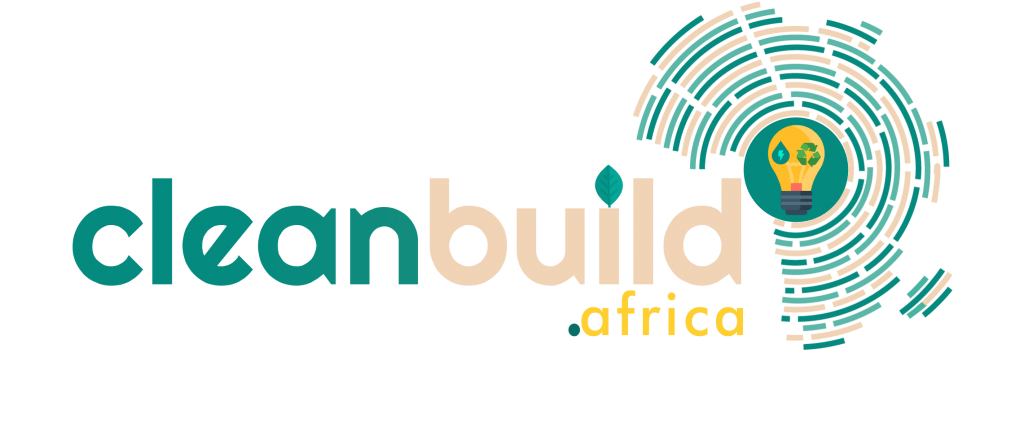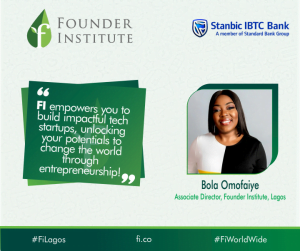In recent decades, there’s been much exploration into how renewable energy reduces pollution and enhances sustainability at the same time.
Using renewable energy puts countries in a good position to be self-sufficient and less dependent on costly imports.
Apart from hydro energy, you might be familiar with other forms of renewable energy such as solar, wind, and geothermal energy, among others.
All these are alternative forms of energy contributing to the sustainability of a clean, green world. However, unlike solar and wind energy, geothermal is peculiar in that it’s not subject to time of day and/or weather conditions.
Have you’ve ever experienced low energy output from your solar panel on a cloudy or rainy day? If so, that must have reminded you of just how important the sun is in generating electricity.
Conversely, no matter the time of day, geothermal energy remains stable. Simply put, geothermal energy is the heat from the earth. It is a clean, limitless form of renewable power that can drive sustainable electricity. How is it generated?
Consider this: On the earth’s outer layer are rock-like slabs called tectonic plates. When these move, they cause breaks in the earth’s crust that allow underground water to mix with super-heated rock, resulting in steam.
These narrow openings create pathways up to the earth’s surface, where they form hot springs, geysers, or steams. The heat from these is then converted into electricity through a process known as electromagnetic induction.
Geothermal energy: Is Africa ready?
Hydropower- the use of fast-moving water to produce electricity- is the commonest source of renewable energy in Africa. Unfortunately, recent climate change like drought has made hydropower generation an unpredictable exercise all over the continent.
Due to its unique location, temperatures, not to mention the need for stable electricity, Africa, is on a determined move to harness the power of geothermal.
To date, Kenya is taking the lead as Africa’s largest producer of geothermal energy. According to the International Renewable Energy Agency, (IRENA), Kenya and its neighboring countries within the East African Rift region have a significant geothermal advantage, giving them valuable options for stable electricity production and direct use.
By harnessing these resources, they can provide a renewable, affordable, and very reliable energy supply as well as reach the 2030 Agenda for Sustainable Development and climate goals set forth in the Paris Agreement.
Often described as the ‘hidden champion’ of renewable energies, geothermal power has many advantages that range from low emission of toxic gases, sustainable power supply, less reliance on fossil fuels, to employment opportunities for geologists, engineers, surveyors, drillers, etc.
The flip side is that while geothermal is less expensive to maintain, the exploration itself in locating and drilling a potential site can be an expensive and risky undertaking.
Also, lack of funding and the absence of technical expertise are some of the obstacles confronting the sector in Africa.
To this end, various funding schemes applicable to renewable energy projects are being set up mainly to create national and economic impact and to draw investors’ interest. One of such is the Geothermal Risk Mitigation Facility (GRMF).
Organized by the African Union Commission, the goal of the GRMF is to encourage public and private sector investment in geothermal power generation.
The initiative also seeks to provide financial support to mitigate the early-stage exploration risk often associated with geothermal projects.



















